How to decarbonize your ship - Feeder + Shore Power
Make a business case for a container ship refit to shore power
This is a techno-economic case study that provides guidance for decarbonizing a ship by means of a shore power refit, taking a feeder as a case study. Shore power will be made mandatory by 2030 for these ship types as per FuelEU Maritime regulation. A step-by-step approach is given to estimate costs, analyse technical feasibility, and create a business case for the shore power refit in general. Use the Shore Power Quickscan to make your own business case, and contact the helpdesk for clarifications.
Case study is the ‘E-Feeder’, a container ship or feeder, with an average of approx. 100 [kW] power demand while moored.
Assumed is that a 100% CO2 reduction is achieved when using shore power, which complies to FuelEU Maritime as well.
CAPEX costs are estimated at around €300k. Biggest impact are switchboard modifications, connection panels and a transformer on board.
Payback time is approximately 6 years, pending assumptions on fuel and electricity costs. FuelEU Maritime savings in the first 10 years are approx. €300k.
Download Tool
Save and optimize your premium business case, get access to the complete techno-economic feasibility report and customize all calculations.
Techno-economic feasibility study
Accompanies the tool download
FuelEU Maritime in depth
You might also like
Operating an offshore workboat in the North Sea area until 2050 will impose significant financial and operational pressure due to tightening environmental regulations and mounting compliance obligations. Modelling of compliance costs shows a clear tipping point in 2040, with FuelEU Maritime becoming the dominant driver, although FuelEU currently applies to vessels above 5,000 GT only. Results for a large offshore workboat operating year-round in the North Sea show that the maximum projected cost exposure could reach up to $250 million between now and 2050.
This case study evaluates a mobile shore power battery barge designed for a 1,730 TEU containership in the Port of Rotterdam. An average power demand of 329 kW and a peak demand of 1 MW is assumed. This results in the requirement of two 20-ft containerized batteries integrated into a Low Voltage Shore Connection (LVSC) system. Estimated savings for the ship reach €500 per 24-hour period, primarily due to reduced FuelEU compliance costs, which could exceed €600,000 over 10 years.
This case study analyzes 10 marine fuels using an HFO-equivalent model to determine their full lifecycle costs, including fuel prices and regulatory compliance costs, from 2025 to 2050. The results highlight a critical tipping point in 2040, driven by the FuelEU Maritime regulation increasing carbon intensity reduction targets sharply from 14.5% to 31%. This blog provides shipowners with guidance on how to navigate these evolving cost scenarios and maintain competitiveness to ensure future-proof investments.
This case study determines the costs of compliance for a 3,000 TEU Panamax containership with respect to FuelEU and EU ETS. Estimated annual compliance costs for business as usual range from $2.5M in 2025 to $23M in 2050. Two different pathways are evaluated to determine mitigation options and OPEX costs: shore power and wind-assisted propulsion. Savings for shore power are approx. $400k per year in 2025, savings for wind-assisted propulsion are approx. $600k in 2025.
This case study calculates and compares EU ETS and FuelEU compliance costs for three major shipping companies: CMA CGM, Hapag-Lloyd and COSCO. From 2025 until 2050, these three companies will pay a total compliance cost of $54B (CMA CGM), $25B (Hapag-Lloyd) and $32B (COSCO).
This case study calculates and compares the compliance costs with regards to EU ETS and FuelEU for VLSFO, bio-methanol and e-ammonia. Results show that the averaged compliance costs for VLSFO between 2025 and 2050 are $966 per mT.
This case study determines the effects of pooling a fully electric small-sized chemical tanker with similar type vessels in the context of FuelEU Maritime. The results show that a single electric ship can include up to 69 ships in its pool in 2025, each ship consuming 2,555 mT MDO per year.
Accurate estimates of containership power demand are becoming increasingly critical due to stringent regulations, such as FuelEU Maritime, in combination with technical complexities. Ship power demand varies significantly depending on size, onboard equipment installed, and operational profile. These uncertainties places considerable pressure on terminal owners, port authorities, and developers to design and implement shore power infrastructure. This blog aims to provide guidance on this issue.
This case study determines the impact of FuelEU Maritime on a shore power refit for a RoRo Cargo ship under multiple loading and operational conditions. Pending on the amount of days connected to the grid and the average load while moored, it is estimated that shore power can save €250,000 per year.
This case study also examines a general cargo ship with an auxiliary engine of 116 kW that is outfitted with a battery to make it a ‘battery hybrid’ while at berth. Again the battery pack powers the ship for several hours while idling or moored and is recharged using the auxiliary engines. This time however, engine load is varied in different loading scenarios to determine the impact of different operational profiles on the business case.
This case study examines a general cargo ship with an auxiliary engine of 116 kW that is outfitted with a battery to make it a ‘battery hybrid’ while at berth. The battery pack powers the ship for several hours while idling or moored and is recharged using the auxiliary engines. Cost savings generally occur with an average engine load below 50%, but are mostly dependent on engine maintenance costs, spares and consumables as well as total battery pack costs.
This is a case study that determines the impact of FuelEU Maritime on a shore power refit business case up to 2050, taking several ships and varying input parameters to determine the impact under multiple conditions. As FuelEU Maritime will make shore power mandatory in 2030 for passenger- and containerships, this tool will help to determine the impact of that regulation on your business case.
This is a techno-economic case study that provides guidance for decarbonizing a feeder by means of a shore power refit. Shore power will be made mandatory by 2030 for these ship types as per FuelEU Maritime regulation. A step-by-step approach is given to estimate costs, analyse technical feasibility, and create a business case for the shore power refit in general.
The FuelEU Maritime pooling mechanism is complex. The FuelEU Pool Tool makes it simple. Use this tool to compare cost impact of FuelEU, EU ETS and the fuel itself when pooling up to ten different ships. Blend different quantities of fuel, change fuel properties and compare the cost outlook until 2050 to make your very own FuelEU pooling strategy.
FuelEU is complex. The FuelEU Case Maker makes it simple. Use this tool to compare cost impact of FuelEU, EU ETS and the fuel itself for up to five different cases. Blend different quantities of fuel, change fuel properties and compare the cost outlook until 2050 to make your very own FuelEU strategy.
How do we deal with the challenges surrounding shore power? Why is standardization so important? And what will we achieve with collaboration? Find out together with Fanni Arvai, Innovation & Sustainability Manager at International Car Operators and passionate about changing the maritime industry in a positive way with a vision for a more inclusive and environmentally conscious future.
IEC/IEEE 80005 is the main standard for shore power. This standard categorically divides shore power plugs and sockets into low voltage shore connection systems (LVSC < 1 MVA) and high voltage shore connection systems (HVSC > 1 MVA). LVSC systems are governed by IEC/IEEE 80005-3 for operability and IEC 60309-5 for dimensions. HVSC systems are governed by IEC/IEEE 80005-1 for operability and IEC 62613-2 for dimensions.
On behalf of the Province of South-Holland, Sustainable Ships has been project leader of 'Project BOEI’, a techno-economic feasibility study on the electrification of tankers off the coast of Scheveningen, Netherlands. The study was performed with consortium members InnovationQuarter, Bluewater, Knutsen, EOPSA, Rijkswaterstaat, Campus@Sea, Port of Rotterdam, KVNR and Cavotec. This lunch and learn is the recording of the close-out session in which main findings were presented.
Project BOEI is a techno-economic feasibility study on behalf of the Province of South-Holland on the electrification of tankers at the Scheveningen anchorage. The goal is to identify the most feasible technical solutions and risks, in addition to cost and emissions reduction estimation. Primary drivers are reduction of NOx and CO2 emissions. Total costs for all scopes combined is €14M (~€12M for infra and ~€2M for ship). E-anchor and subsea cabling are approximately 50% of all cost. Break-even price parity for shipowner and provider of power is at around €0.20-€0.25 per kWh.
Renewable Energy Units - Hernieuwbare Brandstof Eenheden - are a Dutch system of certificates based on the EU Renewable Energy Directive (RED). Under the system, parties that produce liquid fossil fuels for transport have an obligation from the government to purchase REUs. Per year, €1 billion REUs are traded in the Netherlands. You can earn between 4.5 and 18 eurocents per kWh ‘sold’ to a vessel, for example when using shore power.
This is a case study on the ‘Skoon Skipper’, a general cargo large Rhine vessel, with an average of 40 [kW] power demand while moored to which a shore battery is applied. Batteries can help you comply with shore power regulations where no infrastructure exists with limited to no CAPEX investments. CAPEX is €0 for this case study as the battery pack is rented at an estimated €400 dayrate. Purchase cost for battery pack are approx. €350.000. This case study is powered by our preferred partner Skoon.
Maersk’s Stillstrom and North Star have signed a Memorandum of Understanding (MoU) to accelerate the adoption of offshore charging and vessel electrification technologies for Offshore Support Vessels (OSVs) in the offshore wind sector. Offshore charging hubs will enable the vessels to recharge their battery systems using wind energy while in the field.
This is a case study on how to decarbonize a fishing trawler - the Jacobus Maria - using shore power, battery hybrid EES and biofuels. 20% CO2 reduction is achieved, half of which stems from the use of biofuels (HVO). The hybrid battery pack is economically not feasible with the assumptions used and the operational profile. The Jacobus Maria has 1 MW installed engine capacity. Total cost would be at least €1M. 10% CO2 reduction can be achieved with approx. €50k.
On May 10th, Port of Amsterdam awarded the contract for the realization of shore power at Cruise Port Amsterdam (CPA) to Powercon A/S and with BAM as subcontractor. Dick van Veen and Rick van Akkeren - BAM Business Unit Heavy Duty Charging - explain in detail about the project and the challenges that they are facing. Building the infrastructure that can host large cruise vessels and support the heavy electrical equipment is therefore a daunting task, all of which is discussed in this video.
Watch this lunch and learn by EOPSA together with General Electric, in which we discuss the onshore and vessel aspects of shore power, including microgrids and using the Decarbonizer to determine the costs for shore power for your vessel.
Ports are the start and end of every vessel’s journey. Because of this, onshore power supply undeniably plays a big part of the decarbonization of the maritime industry. Creating a network of onshore power supply in ports around the world is a tremendous but necessary task. One of the companies providing the technology for this transition is ShoreLink. Watch this lunch and learn by Shorelink, presented by Levan Chikviladze, to learn more.
Watch this lunch and learn with EOPSA Founding President Roland Teixeira de Mattos, who will tell all about EOPSA, its growth, its advocacy, its outlook and the broader topic of Port Energy.
This blog provides an overview of (European/Dutch) shore power sockets and plugs. They are categorized into three groups, depending on a ship’s installed power: below 100 kW, below 2.000 kW and above 2.000 kW. Especially below 100 kW, there is great diversification of plugs which would merit the creation of a ‘universal adapter’ for ships. Share your experience to help other shipowners.
Join Poul Woodall as we discuss the challenges of the upcoming Fuel EU regulations. It is one of the most stringent upcoming rules and regulations in terms of emissions for the shipping industry.
In February 2022, Skoon placed a battery system on Noordereiland for the Port of Rotterdam to boost shore power for stationary inland vessels. Addressing power shortfalls, the battery supported shore power cabinets, successfully delivering up to 63A without tripping fuses, benefiting both vessels and residents. This solution also enabled supplying power to larger ships, aligning with sustainability goals and showcasing potential expansion across the city center.

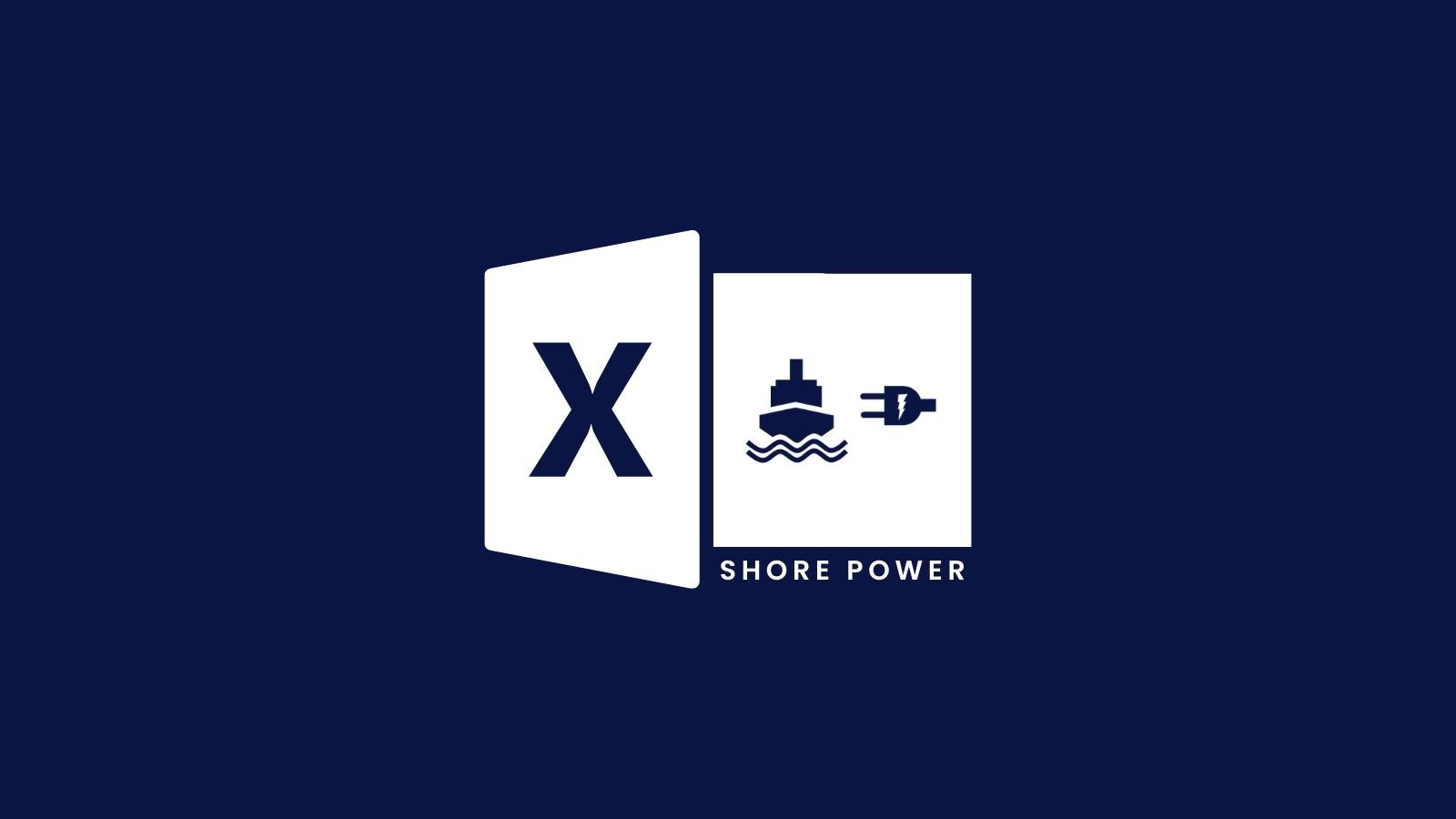
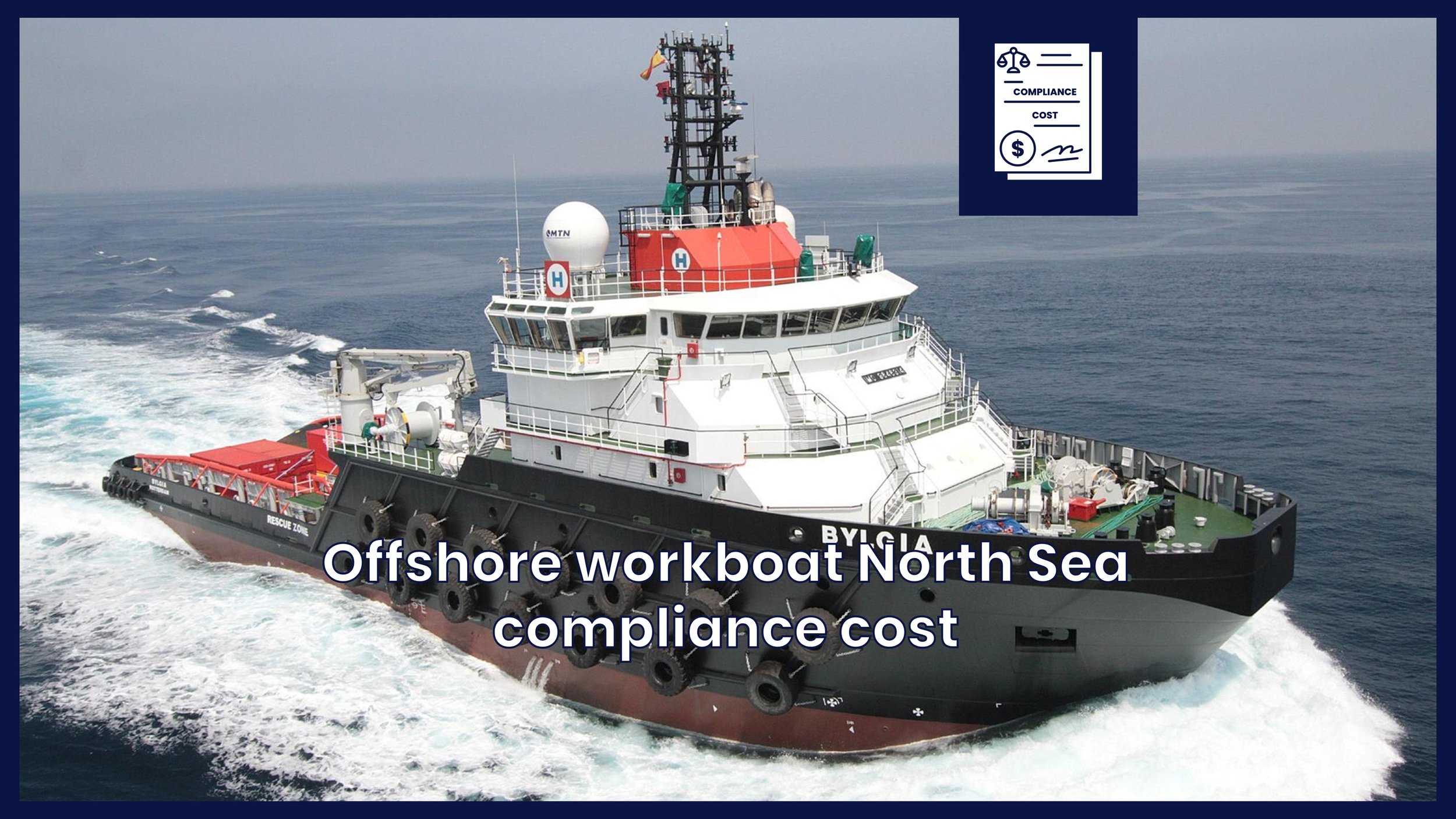

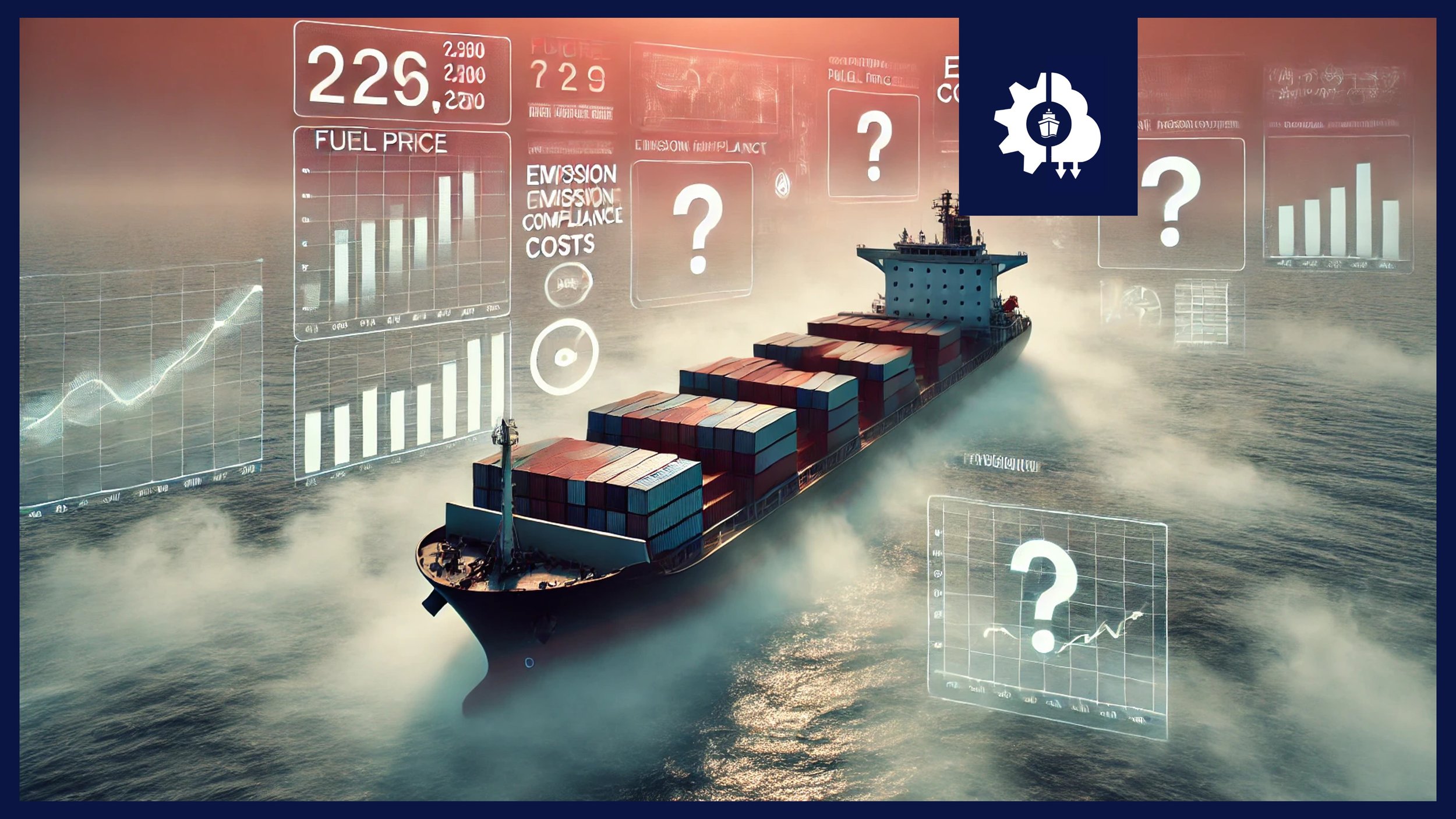












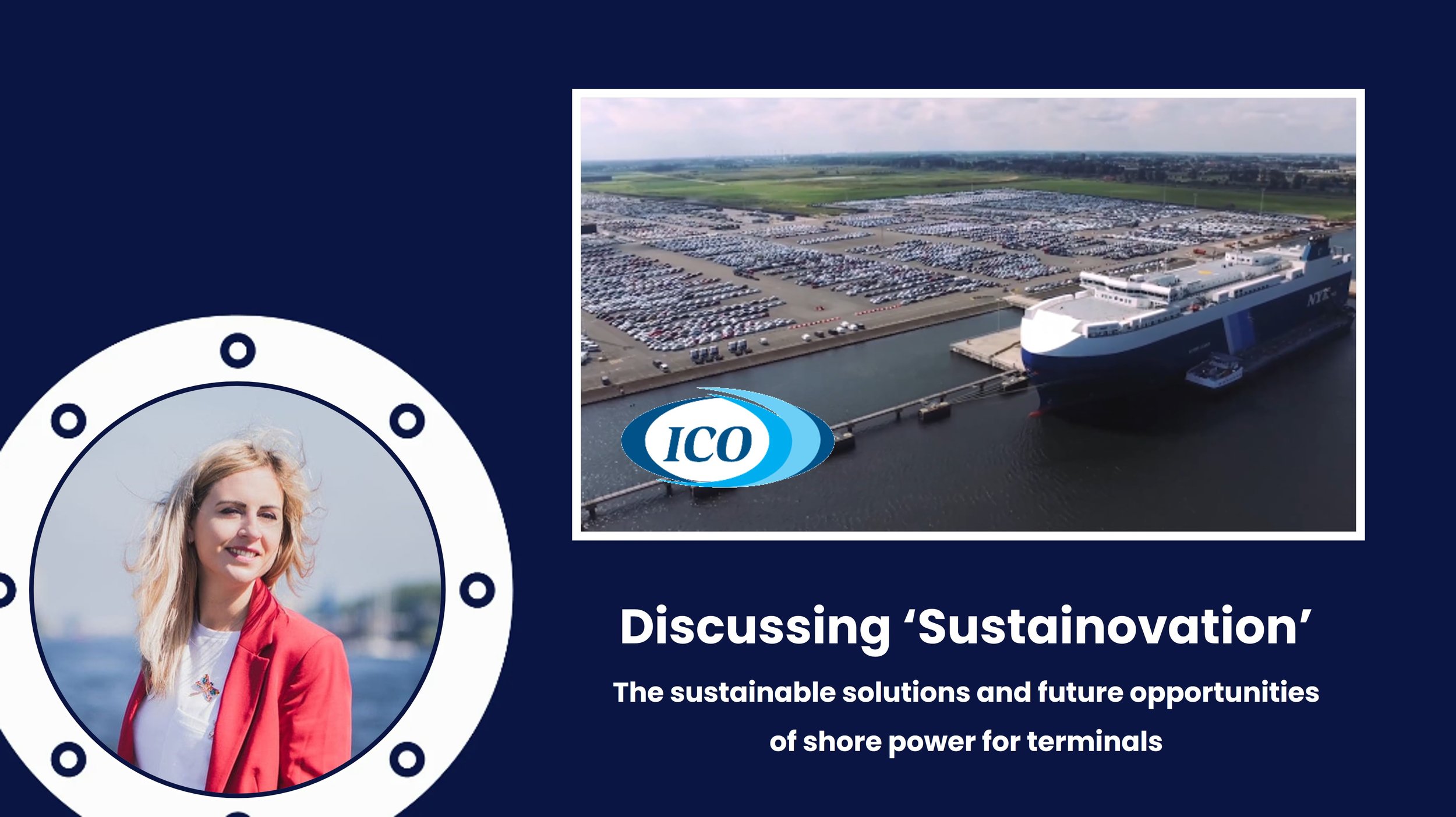







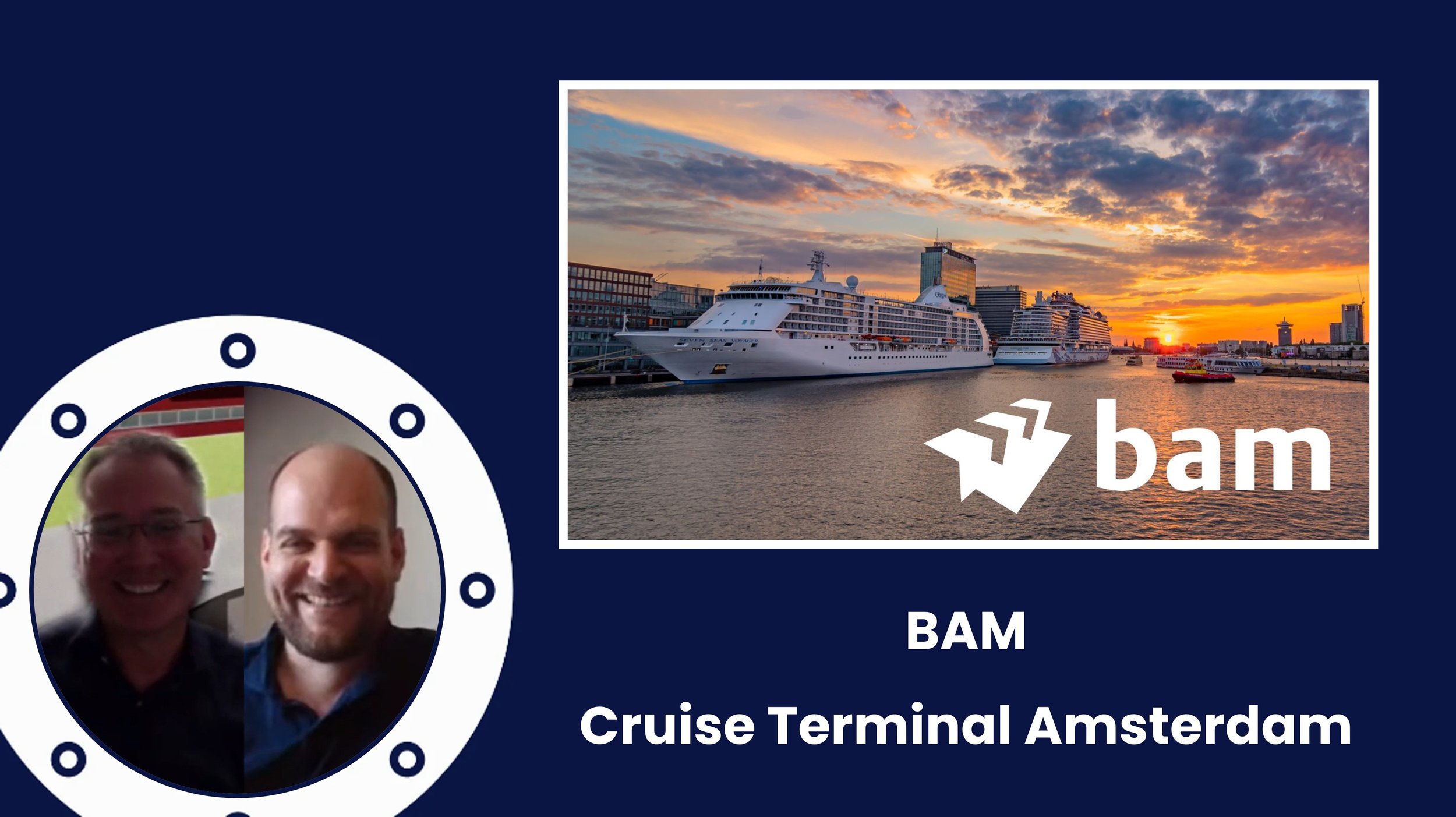


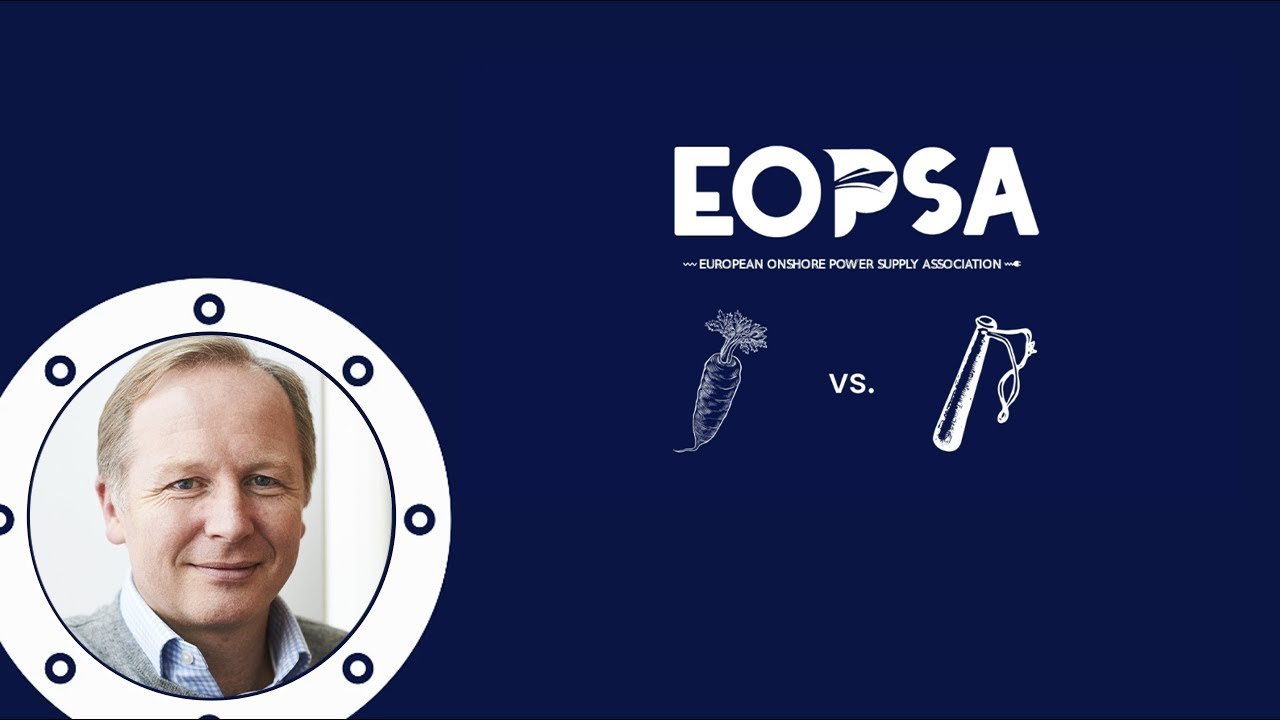



FuelEU Maritime is one of the most stringent upcoming laws on maritime sustainability, enforcing strict fuel reduction targets in combination with penalties on fuel combustion and shore power obligations for container and passenger ships.